A team including several Carnegie scientists has developed a form of ultrastrong, lightweight carbon that is also elastic and electrically conductive. A material with such a unique combination of properties could serve
Get Started for FREE
Sign up with Facebook Sign up with X
I don't have a Facebook or a X account


|
e.cloud
my outsourced brain Curated by Alessio Erioli |
 Your new post is loading...
Your new post is loading...

|
Scooped by
Alessio Erioli
December 11, 2017 5:49 AM
|
Three new approaches increase the size of DNA "origami" more than 20-fold

|
Scooped by
Alessio Erioli
December 6, 2017 12:11 PM
|
Phyllis Latour Doyle, secret agent for Britain during World War II, spent the war years sneaking information to the British using knitting as a cover. She parachuted into occupied Normandy in 1944 and rode stashed bicycles to troops, chatting with German soldiers under the pretense of being helpful—then, she would return to her knitting kit, in which she hid a silk yarn ready to be filled with secret knotted messages, which she would translate using Morse Code equipment. “I always carried knitting because my codes were on a piece of silk—I had about 2000 I could use. When I used a code I would just pinprick it to indicate it had gone. I wrapped the piece of silk around a knitting needle and put it in a flat shoe lace which I used to tie my hair up,” she told New Zealand Army News in 2009.
Phyllis Latour Doyle, secret agent for Britain during World War II, spent the war years sneaking information to the British using knitting as a cover. She parachuted into occupied Normandy in 1944 and rode stashed bicycles to troops, chatting with German soldiers under the pretense of being helpful—then, she would return to her knitting kit, in which she hid a silk yarn ready to be filled with secret knotted messages, which she would translate using Morse Code equipment. “I always carried knitting because my codes were on a piece of silk—I had about 2000 I could use. When I used a code I would just pinprick it to indicate it had gone. I wrapped the piece of silk around a knitting needle and put it in a flat shoe lace which I used to tie my hair up,” she told New Zealand Army News in 2009.

|
Scooped by
Alessio Erioli
November 17, 2017 3:45 AM
|
Compare it to its beginnings (2009) https://www.youtube.com/watch?v=67CUudkjEG4

|
Scooped by
Alessio Erioli
November 16, 2017 9:01 AM
|
Vera Molnár, a little-known founding mother of computational art and thinking, will feature in MoMA’s new exhibition on art and technology, "Thinking Machines: Art and Design in the Computer Age."

|
Scooped by
Alessio Erioli
November 14, 2017 11:39 AM
|
When you involve George Hull for the design, the boundary between science and sci-fi starts blurring

|
Scooped by
Alessio Erioli
November 3, 2017 2:37 PM
|
‘Fraktaal’ is a fantasy sci-fi short without a story. www.julius-horsthuis.com Original Soundtrack by www.DavidLevyMusic.com I borrowed the…
Julius Horsthuis drives Mandelbulb3D to unthinkable peaks

|
Scooped by
Alessio Erioli
November 1, 2017 7:02 AM
|
Researchers at the University of Manchester in the UK have reached a new milestone in nanotechnology. They’ve developed a robot so small, it operates on the molecular level. The world’s first molecular robot has an arm which can manipulate individual molecules or move them in clusters. The results of this study were published in the journal Nature. The …

|
Scooped by
Alessio Erioli
October 7, 2017 8:17 AM
|
Poetic Computation: Reader is an online-book by Taeyoon Choi that discusses code as a form of poetry and aesthetic while raising ethical questions associated with it. The book is based on Choi’s lectures at the School for Poetic Computation, an independent school he co-founded in New York City. The first two chapters will be published in September 2017, with the following chapters to be published over the year. Designed by HAWRAF, Poetic Computation: Reader presents new possibilities for enhanced accessibility and legibility in web browsers. Readers can change the design elements and format parameters to create their ideal reading experience. Poetic Computation: Reader is edited by Hannah Son and includes interviews with a select group of scholars and practitioners.
Poetic Computation: Reader

|
Scooped by
Alessio Erioli
October 1, 2017 4:09 PM
|
These self-assembling wires demonstrate how organisation can arise in nature.

|
Scooped by
Alessio Erioli
September 25, 2017 2:19 AM
|
From cranberry bogs to cattle feedlots, George Steinmetz captures the grand and disturbing nature of our expansive food system.

|
Scooped by
Alessio Erioli
September 4, 2017 10:39 AM
|
The bionic lens is one of the first genuine cybernetic enhancements to human perception, but the price tag may leave it out of each until the near future.

|
Scooped by
Alessio Erioli
June 6, 2017 5:42 PM
|
I knew the future would be shocking but this is a whole other level.
long but worthy

|
Scooped by
Alessio Erioli
April 28, 2017 4:51 AM
|
A collaboration between Self-Assembly Lab + Christophe Guberan + Steelcase In collaboration with Steelcase, we are presenting a new experimental process called…

|
Scooped by
Alessio Erioli
April 27, 2017 2:51 AM
|
A depiction of Los Angeles in 2019 by Syd Mead for ‘Blade Runner.’
Artist Syd Mead is probably best known for his work for the 1982 film Blade Runner, though his vast contributions to cinema can be seen in other groundbreaking works such as Aliens (1986), TRON (1982), and 2013’s Elysium which was directed by Neill Blomkamp. Blomkamp had a life-long obsession with Mead and his artwork which was what led him to engage the services of the then 80-year-old artist to design the sets for his futuristic film.
Mead’s background in industrial design is clear and present in his paintings. During...

|
Scooped by
Alessio Erioli
April 7, 2017 8:36 AM
|
GLASS II 2017 Glass 3D printing Milan, Italy The Platform Optically transparent and structurally sound, glass has played a significant role in the…


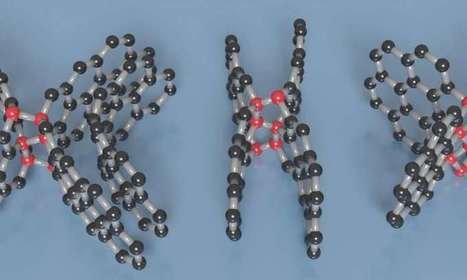







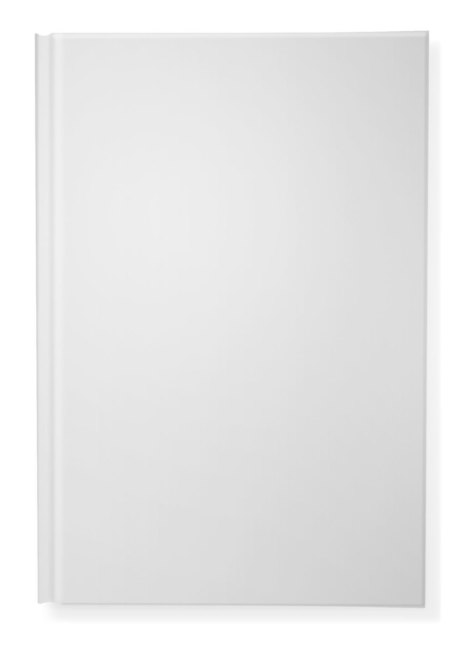

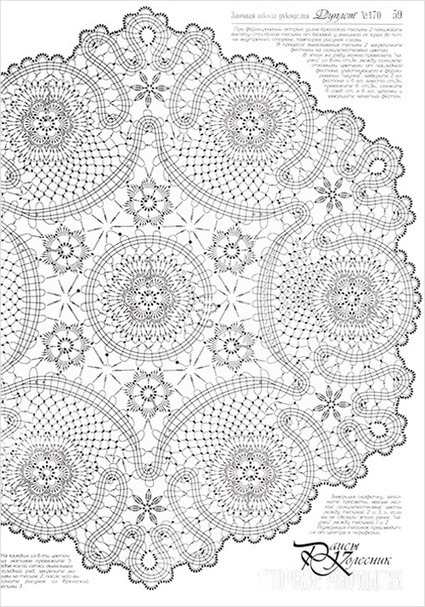
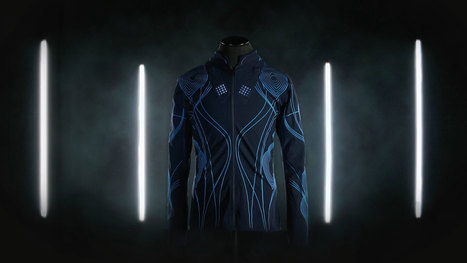






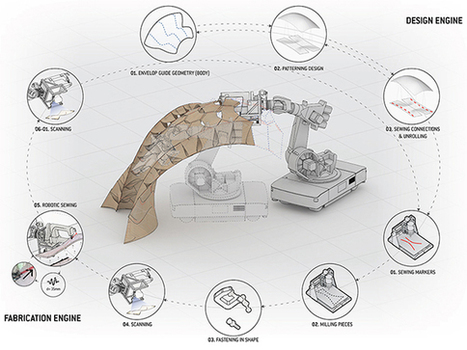





designing material properties as a consequence of molecular arrangements and bond shapes